Quote
Don't wait until you know who you are to get started.
Austin Kleon
1 note
·
View note
Video
vimeo
Stop Motion Video for Taller
#stopmotion#design#taller#video#shelving#openshelving#modular#verticalstorage#vertical storage#vicash#spottedgum
2 notes
·
View notes
Text
Taller Excerpt: Methods of Testing, Evaluation and Validation
On Poetry
When I hear the words “fearful symmetry”, I think of Blake’s tiger brightly surrounded by the idea of the concept of visual symmetry. The words are alive in my mind and visual language. Poetry has long been a part of my dialogue, that both inspires and directs me. There is a romance in poetry that informs a particular way of thinking, that allows me to think of design as not just a function of need or want, but as an evocation of emotion. Poetry exists in everyday language and so, has the capacity to become a function of design. As words can create and direct my design in this way, they become an integral part of my conceptualisation process. This grounding in language drives my methods by informing the nuances and details that evoke a poetic response. These responses can be created through material choice, with their perceived value, memory and tactility. The details in the finishing of materials can evoke a response; smooth, sharp, curvaceous. How materials meet is also very evocative, and again can be driven by an overarching direction from written language. Not only materiality, but form can be viewed through poetry: Brutalism through the Beat poets, Abstract through Cummings and Gothic through Plath. With Taller, I have a chosen timber as the main material. The structural integrity of Vic Ash along with the warmth it evokes creates a sense of homeliness - the same way that seeing a lit hearth evokes feelings of home in a intrinsic sense. Materiality can convey meaning simply through shared visual language. Not just timber, but Taller uses metal inserts and bolts to finish it’s construction. The flushness of the inserts and clarity of the metal thread feels strong, safe and underpins the security of the home. The perfect way that the bolt finds the thread through the warmth of the timber itself is a one of the small details that poetry has driven for me.
When I begin to conceive of ideas, I find that poetry helps to drive the way in which I think about the design. In this sense, Taller’s poetry is about evoking the individual’s own idea of poetry, or broadly, their inspiration. When we see lived space, we are emotionally influenced by the choices of objects that we see, by the occupant’s lives displayed in material choice. How might this drive a greater picture of the individual? How might we access a way in which we can create a narrative around someone’s life in a poetic way? In each object that we choose to nurture or keep or store, there is a story behind why it is kept. In providing a way to display these objects on a lived space, we invite the user to consider their own narrative in terms of their own living space. In this sense, the driving force behind Taller is not only a necessity behind the shrinking sizes of dwelling, but an opportunity to create meaning through a visual language, inspired by the romance of poetry.
On Drawing
In my pursuit of design conceptualisation and understanding not only of external form, but of myself, I use drawing to explore meaning. The way that I interpret my environment is as much a part of my design process as it is a part of myself. I find inspiration through romanticising a scene through watercolours. Sketching and painting are ways for me to imagine possibilities and to think. I can actualise a space in an idealistic way, and attempt to find what a design can be. Sketching and drawing are a much a part of my language as poetry is. It is, for me, visual poetry. When I paint, I am able to interpret the world around me through different lenses. I can omit, add and alter the way that something might be construed. Sketching provides a way for me to visualise the emotive content of a design and to fantasise about it’s impact in an artistic sense. I am an artist in this regard, as much as I am designer - finding the beauty in necessity and attempting to design a product through both lenses; that of what may be in an ideal world and what may be in reality.
With Taller, I sketched the way I thought of how the form and materials came together. The sketching process for me, was as much a way to think simply about the product, as it was to find the artistry in the project. Sketching the elements and the scenarios of Taller allowed me to find the parts of the project that would hold the most significance for myself and for the aim of the project. Thinking of Taller in an artistic way, of how it might inhabit space and create an environment that allows the user to celebrate their own objects, was borne out of sketches devoid of engineered thinking. This meant that Taller could be based on visual poetry, emotion, and the opportunity to create an ideal space for the user, as opposed to working from existing concepts and attempting to improve them. Both poetry and sketching are the ways in which I find meaning in my designs, where I find my passion for them and what drives my inspiration.
On Model Making
Finally, model making is where I start to think physically. Often, the reality of a product sets in here and parameters based on conceiving of construction and physical problems that need solving are identified. I began model making on a 1:5 scale with Taller, using a timber dowel grid to identify how elements might relate to each other. My initial model had me frustrated, I spent hours using the model making pieces to try to achieve clarity on the way that I would construct Taller, but kept hitting dead ends. What model making did help me resolve was the scope of the project. Initially, I had imagined that Taller could expand on both the x and y axis, but after working through this process, I realised that the design would need to be extremely technical for this to be possible. Taller needed to be assembled easily by the user, if I couldn’t conceptualise how to put the elements together, it was likely that the final construction would be very complex and that the time dedicated to designing the connections would detract from other important areas of designing Taller, such as prototyping and designing finishings. So, pursuing workable parameters, Taller would instead, extend along a single axis and the height would be reduced to strengthen the design and reduce the risk of it being top heavy.
Now that I had clarity on what the design was, 1:1 prototyping could begin. I discussed building a prototype with my colleague who has over 20 years experience in cabinet making and joinery and we decided to begin with the carcass. We would establish how best to connect the uprights to the carcass and the best way to construct drawers that could run both ways, i.e. reducing Taller’s limitations in the user’s environment. The first step was drawing out the base of the carcass 1:1 to determine internal sizes, rebates and best material thickness. We worked to standard thicknesses based on my material sourcing; 30mm Vic Ash shelving, 45mm hardwood posts, 16mm hardwood dowel and 19mm Tasmanian Ash veneer board. Taller’s prototype used pine uprights, an 18mm MDF carcass and 16mm pine dowel.
Next was clarifying some of the technical production aspects. My colleague showed me a way to rebate the outer panels so that we could create an internalised base that didn’t show the veneer board’s MDF interior on the panel saw, a technique that I was unaware of. Consulting my colleague has definitely been one of the greatest experiences I’ve had when designing. To have expert knowledge from specific fields applied to your design helps to elevate what the product could be, and in Taller’s case, create a much cleaner connection with the uprights. Making a fully working prototype has been one of the best ways for me to understand and improve my design.
Working through Taller’s as a project has helped me more clearly realise my personal design process. I need to romanticise the concept through poetry and imagery to become attached to it. To move forward, modelling allows me to understand the restrictions of not just physics and materiality, but my capability for a given time frame. Finally, it is imperative for me to create a fully working prototype. This prototype allows me to understand the technical details and improve where I can. However, once the prototype is complete, it allows me to re-enter the conceptual thinking space; I am able to return to the romance behind the design and reconsider different aspects of whimsy that can now be easily constructed around, or integrated into, the design.
It’s very exciting to establish a design, however I have found that it has been even more rewarding to establish my design method.
With Taller, language and art inspired what the project could be, model-making helped reduce the concept to a realistic structure and prototyping 1:1 allowed me to start reconsidering what else Taller could be.
2 notes
·
View notes
Quote
Design is where science and art break even.
Robin Matthew
0 notes
Photo
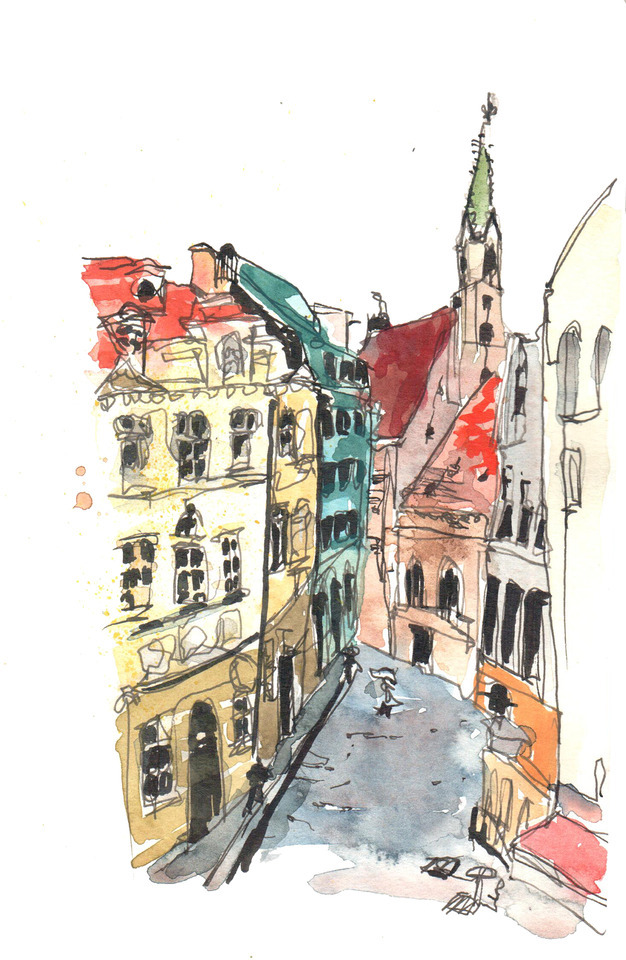
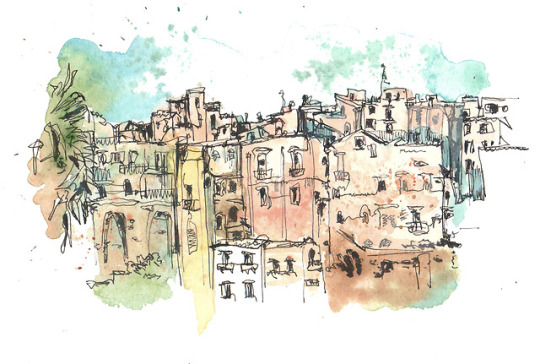
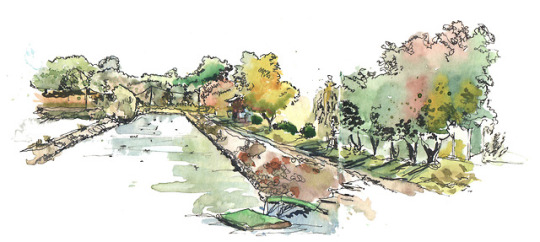
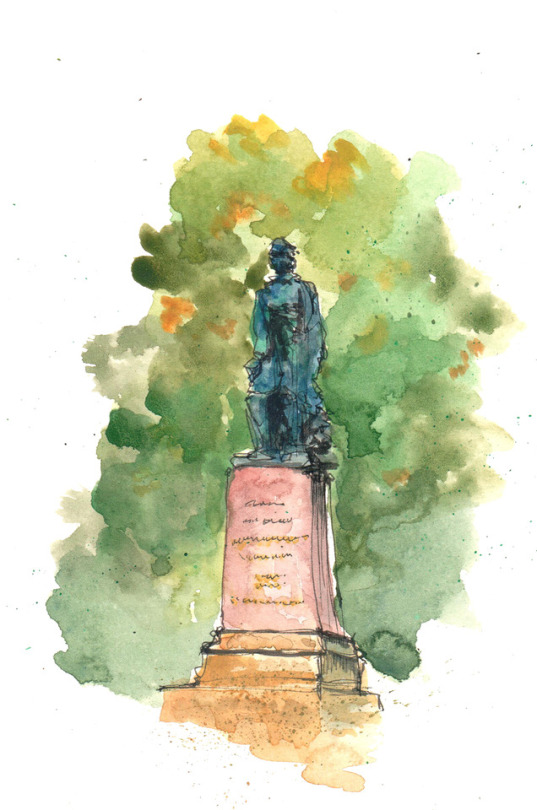
Travel Journal Watercolours
1 note
·
View note
Photo


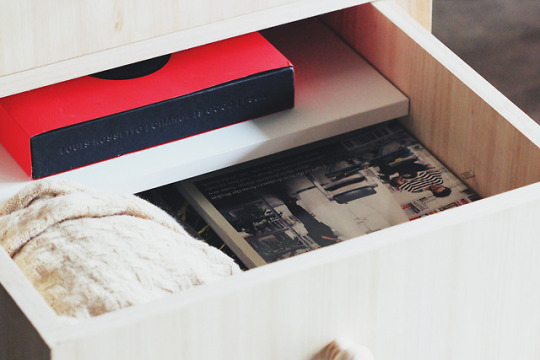

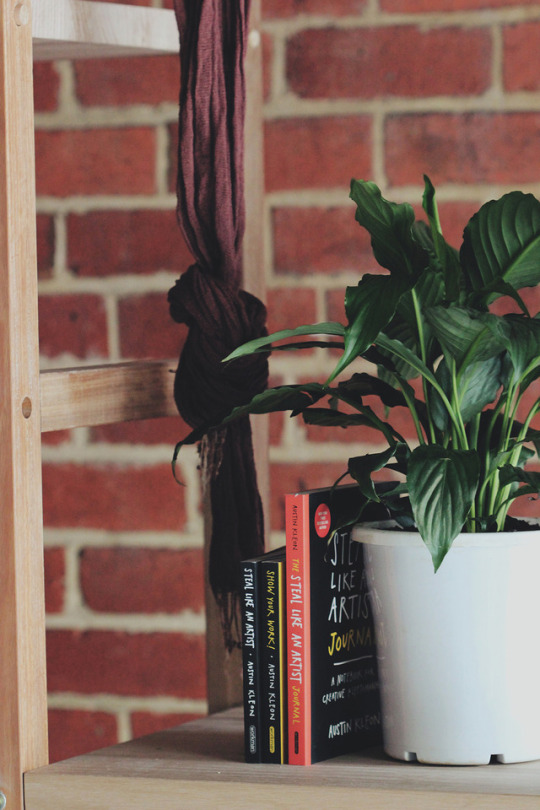
Taller: A Modular Vertical Storage System
Abstract
Taller is a storage unit whose context is framed around my current practice as a cabinet maker and my design direction as a student. As such, this project’s field has been developed in tandem with my personal experiences in the cabinet making and design industries. Taller is designed for small-space living within a rental environment. It addresses storage as lived space, the concept of “home” in a transitional environment, modularity and disassembly. Developed through a series of prototyping techniques and within the Building Commission’s zoned, small-space living standards1, Taller is a versatile unit designed and built in response to the shrinking inner-city dwellings of Melbourne2 and the soaring prices of the property market3. Focusing on longevity and vertical storage, Taller’s simplicity lends itself to bridge the gap between designer and user by allowing the user to better design the space that they inhabit.
In 2010, I embarked on my journey as an Industrial Design student, eight years later I am finally nearing the end of it. This project is a highly personal one that epitomises my experience, methods and understanding of my place within Industrial Design and its applications. Taller is, at it’s heart, a piece of storage furniture that encapsulates my modus operandi. As a career cabinet maker with design aspirations, Taller succinctly demonstrates my design context and methodology. This project is the amalgamation of my design trajectory and my career.
1The State of Victoria Department of Environment, Land, Water & Planning. (2016). Better Apartments Design Standards.
2CommSec. (2017, November 17). Australian home size hits 20-year low.
3Bleby, M. (2017, November 19). Australian houses get bigger while apartments shrink.
#furniture#storage#verticalstorage#vertical storage#industrialdesign#design#taller#shelving#openshelving#timber#spottedgum#vicash
0 notes
Video
Currency as Process vs. Currency as Outcome
A critical study of my approach toward design research and practice within the field’s theoretical context.
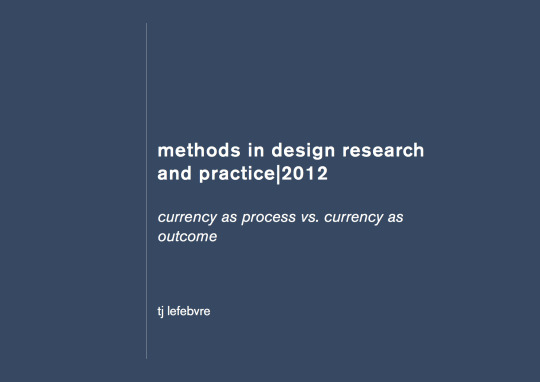
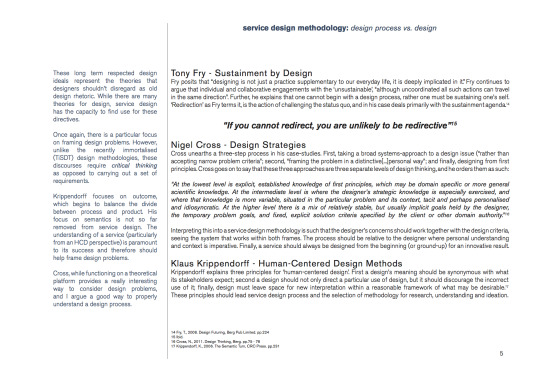

0 notes
Video
Fifty - A Design Proposal
Urban Melbourne consumption culture is not responding to the environmental crisis that isaffecting the Australian energy economy. Without government regulation of consumption behaviour, urban domestic use of energy is inconsistent with the necessary changes that need to made.
0 notes
Text
Completionist Philosophy
A fascination article on bodies of work and how they’ve come to inspire me
I have started to think of myself as a ‘completionist’. This description comes after years of personal acquisition practice. Be it clothing, music, typefaces technology... I always need to complete ‘the set’. Take my music library, I like the song “Shout” by Tears for Fears, but it doesn’t sit well with me to have a single song, I need to have the whole album, complete with the album cover. As it turns out, I love “Everybody Wants to Rule the World” and “Head Over Heels” too. If I find more than one item in a clothing store that make a great outfit, I must have them both for ‘the set’. As a result, I have immense libraries of these things - many renditions of the iPod, the iPhone, iPad and MacBook Pro, one of the largest typeface collections and a wardrobe that buckles the rail it hangs on. So what is it about completionism?
Bodies of work. I just love them. It can be anything. Quality work stands on its own, but when you take the distinct personality of someone and roll it out over consistent work and time, you arrive at the end with an astounding amount of work that makes an incredible whole.
Let’s look at some stand outs for me, let’s look at Bone - a graphic novel written by Jeff Smith over the course of 13 years. He consistently released episodes of this novel and when it finished in 2004, the body of work was astounding, the story arc immense and wonderful and the collection of episodes represented an incredible opus.
Another narrative example are the Japanese animated films written by Hayao Miyazaki and produced by Studio Ghibli. On their own, they are beautiful tales that dwarf the conventional approach of Disney, but together the works are a tapestry of the man who embroiders fiction, empathy and pathos like a veteran.
Finally, lets look at Cindy Sherman. Her photographic works all use herself as a subject. On their own, they are haunting, provocative, but as a collection, they demonstrate the scope of Sherman’s experience, research and prowess. Her personality and skill ebb through the portraits and the single photograph holds so much more value as a part of ‘the set’, than it does on its own.
This grand idea of completion is very inspiring to me. As a designer, I often work project to project, feeling young, inexperienced and with a belief that my production holds little value. Viewed as a whole, though - I can start to see my personality and aesthetic come through, the nuance of the ways in which I design and the breadth of what I may yet do.
I think that while the concept of completionism is inherently materialistic, it can be a philosophical view as well. When considering individuals, the sum of their undertakings in a given field is often exciting and inspiring and incites us to push ourselves deliver high outputs and continue working toward ‘completing’ our body of work.
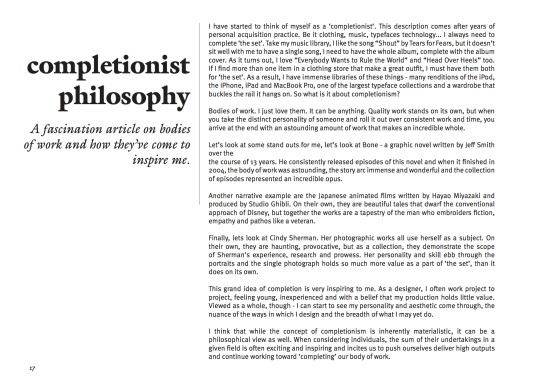
0 notes
Photo
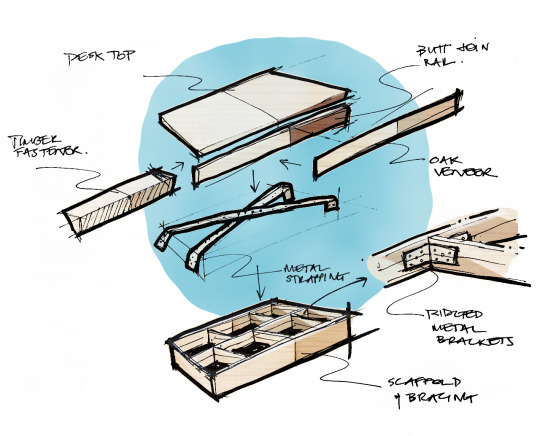
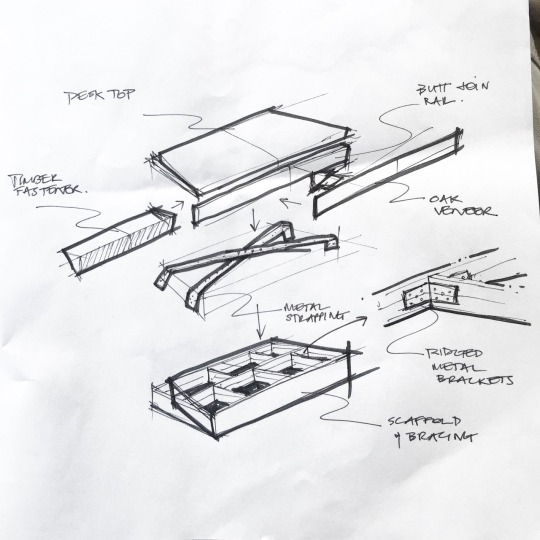
Quick clarification sketching.
10 minute sketch on tram, 15 minute Photoshop edit.
0 notes
Video
Designed for all creatives to use their desk as a platform for inspiration.

Incorporated features:
T-Square
Inlaid steel ruler
Cutting edge
Removable nestled hang frame that inserts in back legs
Light box
Inlaid Oregon timber A1-A5 sizing
Hidden cutting mat to sit on compartment under desk top
Separate laptop table
Mobile drawers
Built-in power board
Compartments under desk top
0 notes
Photo
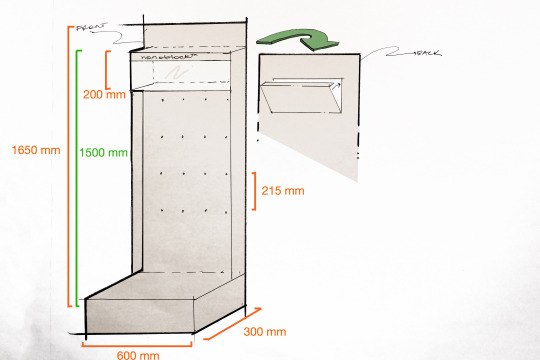
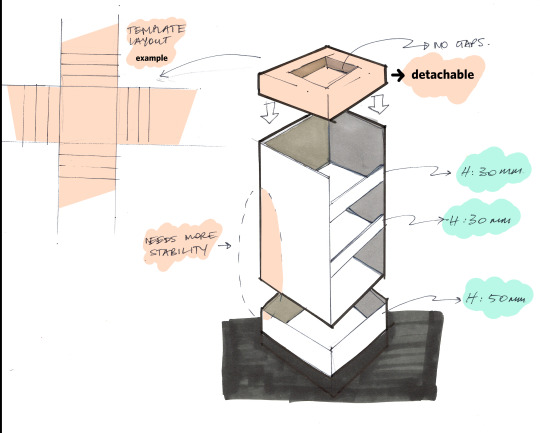
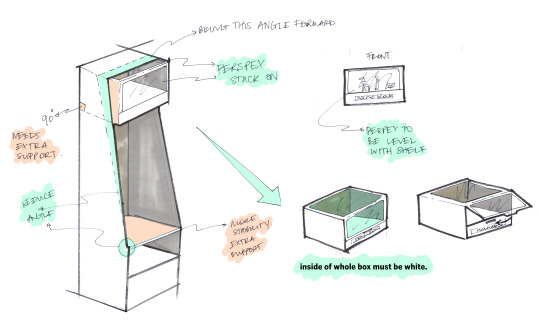
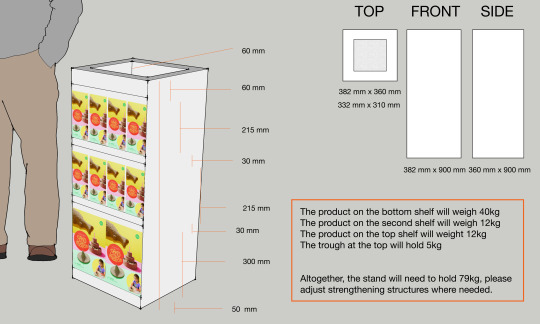
Quick communication drawings for an FSDU to be manufactured in China.
3 notes
·
View notes
Photo


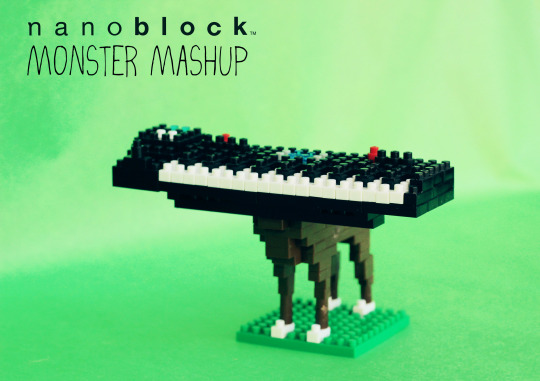
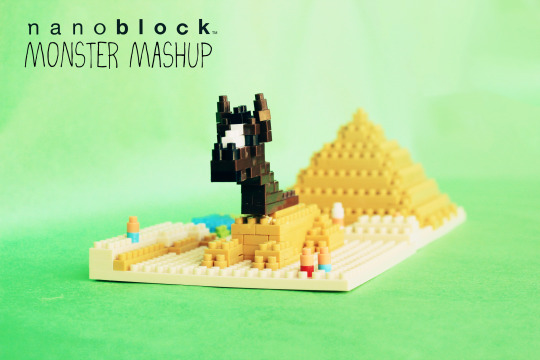

Monster Mashup media campaign series.
2 notes
·
View notes
Photo
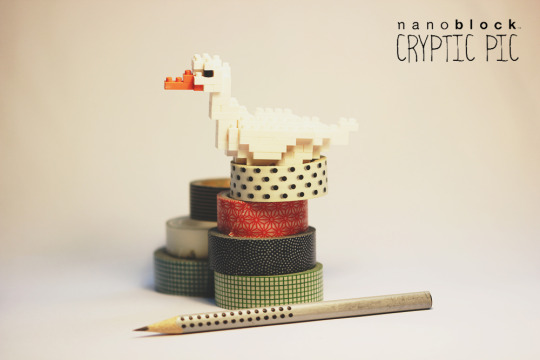
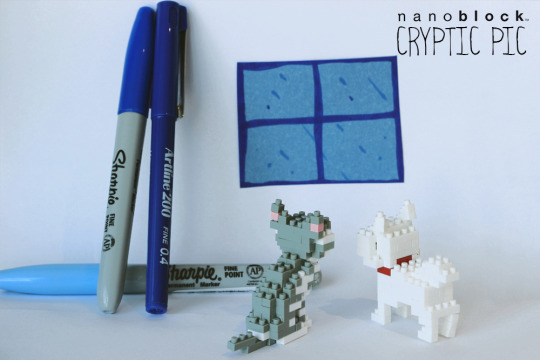
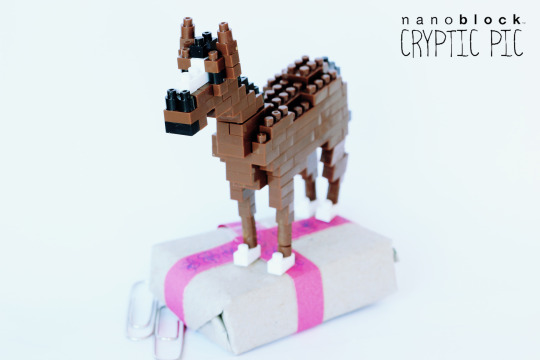
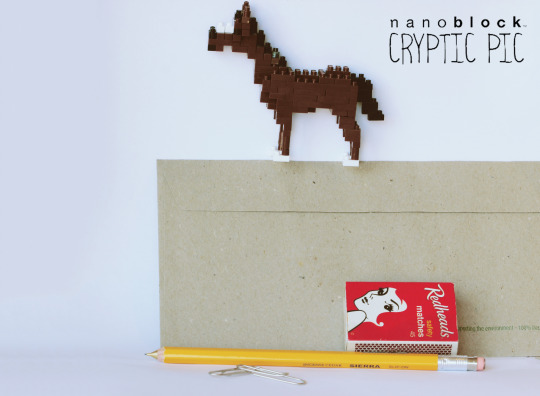

Cryptic Picture social media campaign.
0 notes
Photo

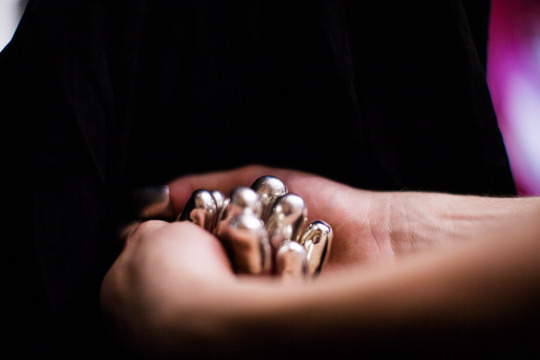
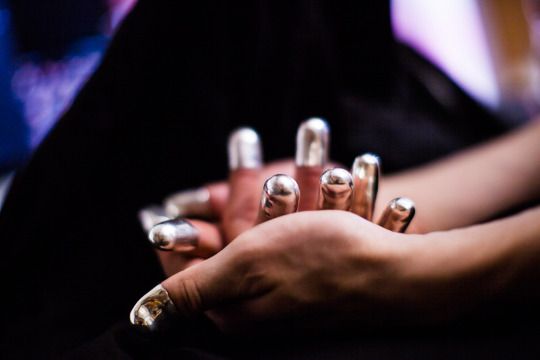

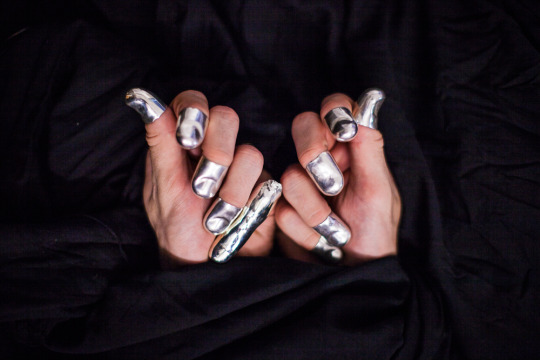
Conceptual jewellery experiment. Finger tips cast in silver.
0 notes
Video
The presentation video that accompanied my conceptual jewellery range, “Weight of my Words”.
0 notes